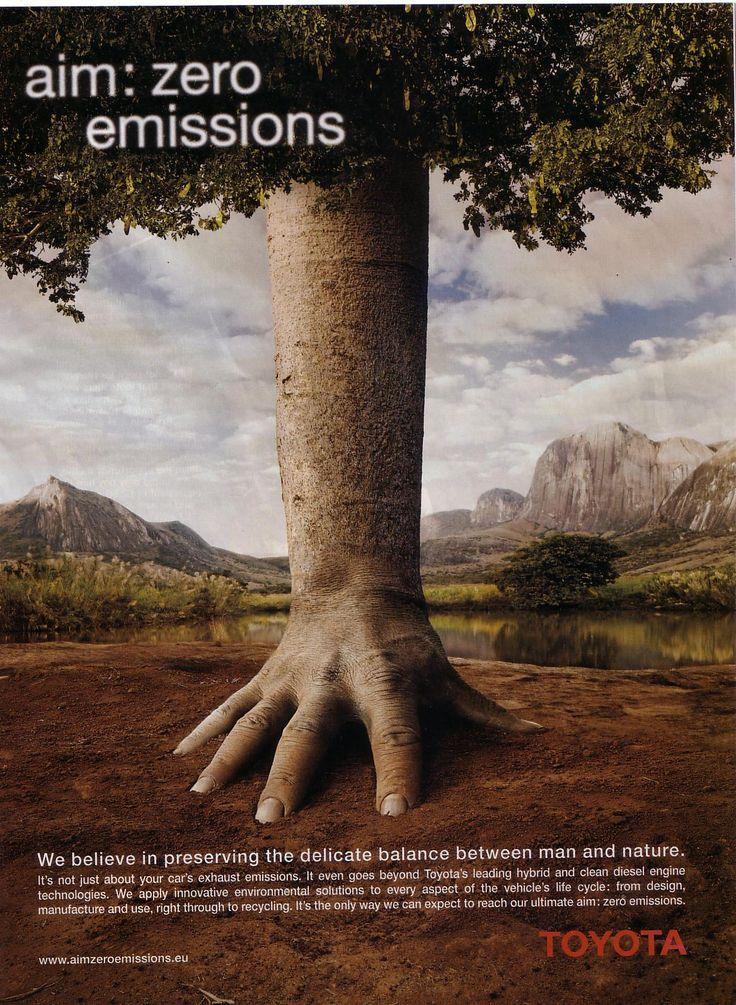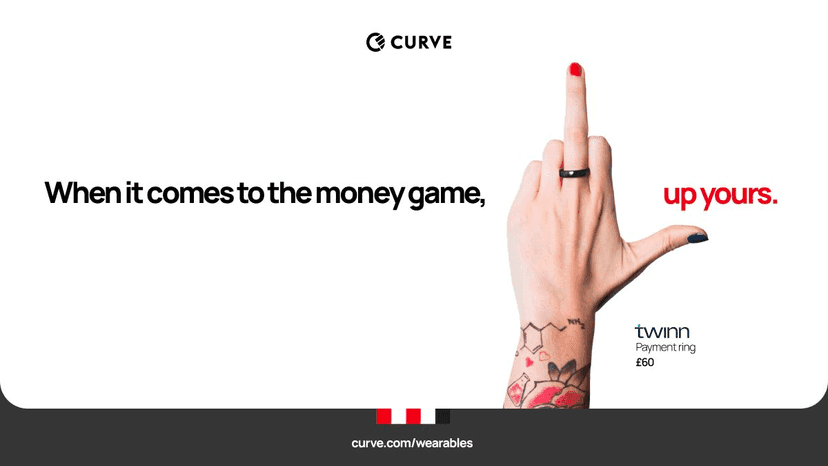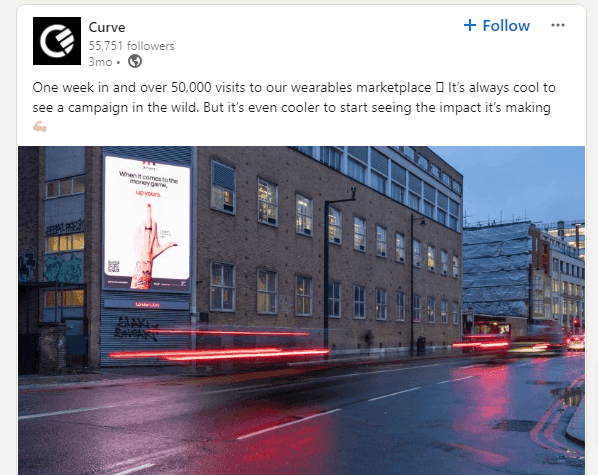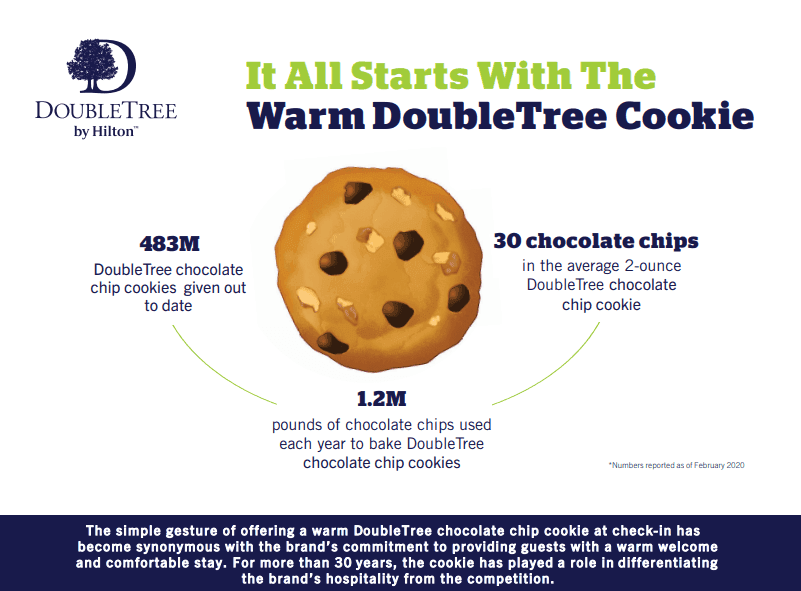If you use multiple channels to promote your brand, you’d need an integrated marketing communication (IMC) strategy. Without it, different departments in your business may communicate conflicting messages to consumers. For instance, the social media team might emphasize one feature of your product/service and the advertising team focuses on another.
This inconsistency can confuse your customers, weaken your brand image, and dilute the impact of your marketing efforts. Hence, an integrated marketing communication strategy is crucial for ensuring your marketing channels work synergistically to reinforce your core message.
In this article, we’ll discuss how to develop an effective IMC strategy. We will also analyze a few IMC campaign examples to inspire you and drive the lessons home.
What is Integrated Marketing Communications?
Integrated marketing communications involve aligning your brand’s message across every marketing channel or touchpoint.
Its goal is to communicate your core message across each channel consistently. The outcome is the reinforcing of your brand identity and maximizing of your marketing efforts.
The Core Elements of IMC
Below are six broad marketing channels available to businesses today. Aligning your communications across these channels lets you avoid disjointed marketing efforts.
-
Advertising
Advertising is any form of paid communication aiming to sell a product or service or build awareness with an audience. Examples include TV commercials, print ads, billboards, and social media ads.
-
Public Relations (PR)
Public relations is a company’s efforts to shape its public perception and enhance its brand reputation. You can use PR to create a positive brand image or turn around negative sentiments about your brand. Common PR tools include press releases, fundraising, and participating in or sponsoring community events.
-
Sales Promotion
These are marketing activities that offer short-term incentives to boost sales. You may offer discounts, coupons, contests, or interesting deals like “buy one, get one free.” When done properly, sales promotions can create a buying frenzy. However, the boost in sales will be temporary if buyers don’t love the product or service.
-
Direct Marketing
Direct marketing involves sidestepping retailers and communicating directly with your target audience. Common direct marketing tools include direct mail, telemarketing, SMS marketing, and email marketing.
-
Personal Selling
This involves a one-on-one interaction where a salesperson persuades a customer to buy a product or service. It’s considered the most original form of marketing as it existed before media channels such as TV and radio.
-
Online/Digital Marketing
This refers to any kind of marketing done online — from social media marketing to SEO content marketing and PPC advertising.
Developing an Effective IMC Strategy
Creating an integrated marketing communication strategy is like developing other types of marketing strategies. The primary difference is that an IMC strategy emphasizes message consistency across channels. The following steps will help you develop an effective IMC strategy.
-
Understanding the target audience
Gaining a deep understanding of your target audience is a fundamental step of the marketing strategy process. You likely have assumptions about your ideal customer, but it’s important to verify them for the best results.
Knowing your audience’s pain points, goals, and desires lets you craft messaging that resonates. It also informs key decisions, like what channels you use for promotions. So, do research to determine who will most benefit from buying your product. Then, create a marketing persona document to capture that data.
-
Establishing clear objectives
What’s your campaign goal? Grow brand awareness? Drive sales? Increase website traffic? Though setting SMART marketing goals seems like an obvious step, we found that 26% of marketers skip this step. This is a costly decision because, according to our 2022 Trend Report on Marketing Strategy, marketers who set goals are 377% more successful than those who don’t.
Beyond setting goals, it’s also important to have a written strategy. Our report reveals marketers with a documented strategy are 313% more successful. Also, marketers who document their workflows are 466% more likely to report being successful. The lesson? Set clear and document your goals, strategies, and workflows.

Recommended Reading: 15 Basics of Marketing Strategy For Growing Your Brand
-
Crafting a Consistent Message Across Channels
Inconsistent messaging often occurs because of departmental silos — i.e., different departments handle various aspects of marketing communications independently without considering the broader marketing strategy.
To avoid fragmented effort across channels, foster a collaborative marketing culture in your team. Also, ensure all teammates agree on the campaign’s core message and goals.
Recommended Reading: How to Align Your Content Marketing and Social Media Presence in 9 Steps
-
Choosing the Right Mix of Communication Tools
According to the marketing intelligence company WARC, promoting your brand on multiple marketing channels increases the chances of your campaign’s effectiveness. Considering that budgets are capped at an amount, it’s important to prioritize the channels most likely to deliver the highest ROI. Here are a few tips for choosing the right marketing channel mix.
- Discover where your target audience hangs out. Figure out which social media platforms or websites they frequently use, TV shows they watch, podcasts they listen to, etc.
- Consider where your most successful competitors are advertising. Draw inspiration from them, but don’t copy blindly. What works for your competitors might not work for you.
- Evaluate the shortlisted channels. Determine which channels fit your budget, let you communicate your message effectively, and can help you achieve your goals. For instance, social media advertising may be ideal for generating instant leads and sales. But if you want a consistent source of free site traffic, SEO content marketing is a more effective strategy.
-
Measuring and evaluating campaign effectiveness
Once you’ve launched your marketing campaign, you should regularly track metrics and KPIs related to your goals. Use campaign data and analytics to learn what works and adjust your campaign accordingly.
For instance, you may realize that your TikTok campaign has remained ineffective despite several strategic tweaks. So you decide to slow down on it and funnel the TikTok spend into channels that yield results. Depending on your campaign type and goals, you can conduct these evaluations weekly, bi-weekly, monthly, or even quarterly.
Challenges and Considerations
Executing an IMC strategy is easier said than done. Below are common challenges you may experience when implementing your IMC strategy (including tips for addressing them).
-
Ensure message consistency
Message consistency is the primary challenge an IMC strategy solves. As mentioned already, achieving consistency is much easier if your marketing team isn’t working in silos. So, ensure you create a culture of collaboration between your team.
Use tools like CoSchedule to help you organize your marketing. CoSchedule lets you organize all your marketing in one place and gives each team member access to your dashboard. That way, you align everyone with the direction and schedule of your marketing plan and activities.
-
Integration across diverse platforms and media
“Consistent messaging” doesn’t mean “identical messaging.” For instance, at CoSchedule, our core message is “helping marketing teams organize all their marketing in one place.” Look how we communicated the same idea but with slightly different words on our Website homepage versus our YouTube Channel.
Our homepage:
Our YouTube account:
You shouldn’t share your message and marketing assets as-is on every platform. Instead, require your team members to repurpose every asset to fit the format and tone of each channel.
This could mean turning a blog post into a 10-slide carousel for LinkedIn or a short reel for Instagram. If repurposing every message feels too demanding, that’s may imply you’re on many platforms.
-
Maintaining brand voice and identity
If multiple people are working on your team, maintaining your brand voice can seem impossible. But it’s not. One hack that helps in such cases is documenting your brand voice guidelines.
A brand voice guideline outlines a business’s vision, mission, personality, tone, messaging, and language. If your company doesn’t have a brand guideline, consider creating one. Below is a page from Skype’s brand book.
-
Adapting to changing consumer behaviors
Consumer habits are constantly evolving. Not adapting to their changing preferences can limit marketing effectiveness. For instance, there has been a significant cultural shift towards sustainability and environmental responsibility in recent years. This shift has compelled many brands to incorporate sustainability into their messaging.
Case in point: Toyota.
The automaker has embraced sustainability as a key theme in its marketing. The company’s marketing communications often emphasize its eco-friendly vehicles and efforts to reduce carbon emissions and promote renewable energy.
By aligning its brand with sustainability, Toyota appeals to environmentally-conscious consumers and positions itself as a leader in green transportation.
-
Allocating budget effectively
This is tricky because budget allocation depends on your goals and situation. But here’s a tip: don’t put 100% of your budget into sales activation campaigns only. Allocate a percentage for brand building, too.
Years back, Les Binet and Peter Field established that marketing effectiveness decreases over time if you’re focused solely on short-term sales activation. This finding remains true in their more recent study.
The study recommended a 60/40 split as ideal for most brands, i.e., 60% of the budget should go to brand-building campaigns and 40% to short-term sales activation campaigns.
Case Studies: Successful IMC Campaigns
Below are two examples of excellently executed IMC campaigns.
Curve — “Up Yours”
Curve is a payment technology company that lets you link multiple debit/credit cards to a single card. That way, you can carry one card and still access all your cards. Users can also link their cards with wearables like smart rings, wrist bracelets, and key rings.
In 2023, Curve launched a wearable campaign, nudging its audience to “up” their money game.
Curve promoted this campaign massively on social media, billboards, and in tube station billboards. Many times, it used the exact messaging.
The result? The campaign brought in record web traffic and new customers across Europe, according to a LinkedIn post by Curve.
Key Takeaway
We noticed Curve posted about this campaign on its LinkedIn, Instagram, and Twitter accounts. But they didn’t post it on their TikTok. In fact, from what we can see, they didn’t post on TikTok throughout 2023.
This could mean one of two things:
- They didn’t have the human or financial resources to commit to TikTok.
- Or they realized TikTok was not driving desired results.
But here’s what’s clear: Curve didn’t have to be omnipresent to achieve success. As we advised earlier, it’s more effective to focus on key platforms than to dilute your efforts across several channels.
DoubleTree by Hilton — “Always A Warm Welcome”
DoubleTree by Hilton positions itself as a hotel that “always [gives] a warm welcome.” To show their commitment, they:
- Give each guest a warm chocolate chip cookie at check-in.
- Invest more in lobby design than most hotels at their price point.
- Invest more in desk clerk training than most similarly priced hotels.
The cookies, in particular, have been a hit with the audience. DoubleTree has given out 483+ million cookies over the last 30 years.
Yet, people still talk about their signature cookies on Instagram and X.
In January 2020, DoubleTree Cookies became the first food baked in space.
Key Takeaway
DoubleTree’s primary marketing channel isn’t TV ads or print ads. It’s the hotel lobbies in its 580+ hotels globally. By consistently delivering a memorable check-in experience, they reinforce their core brand message. This helps them trigger word-of-mouth recommendations and strengthen their brand identity.
We love this example because DoubleTree emphasizes its core brand message at a major touchpoint, not just on marketing channels.
Final Thoughts
You need to meet consumers where they are, which implies running promotions on multiple channels. But you must also provide a cohesive experience throughout the buyer’s journey.
The goal of an integrated marketing communications strategy is to help you coordinate your marketing efforts and drive maximum results. You achieve this by fostering a collaborative culture, building streamlined workflows, and creating thorough brand guidelines.
You might have a marketing team of A-players. Still, your success could will be limited unless your brand’s marketing presents a united front. Michael Jordan said it better: “Talent wins games, but teamwork wins championships.”
You’re competing for the audience’s attention and share of wallet. If you aim to win, you must evaluate your marketing communications and ensure consistent messaging across board.








